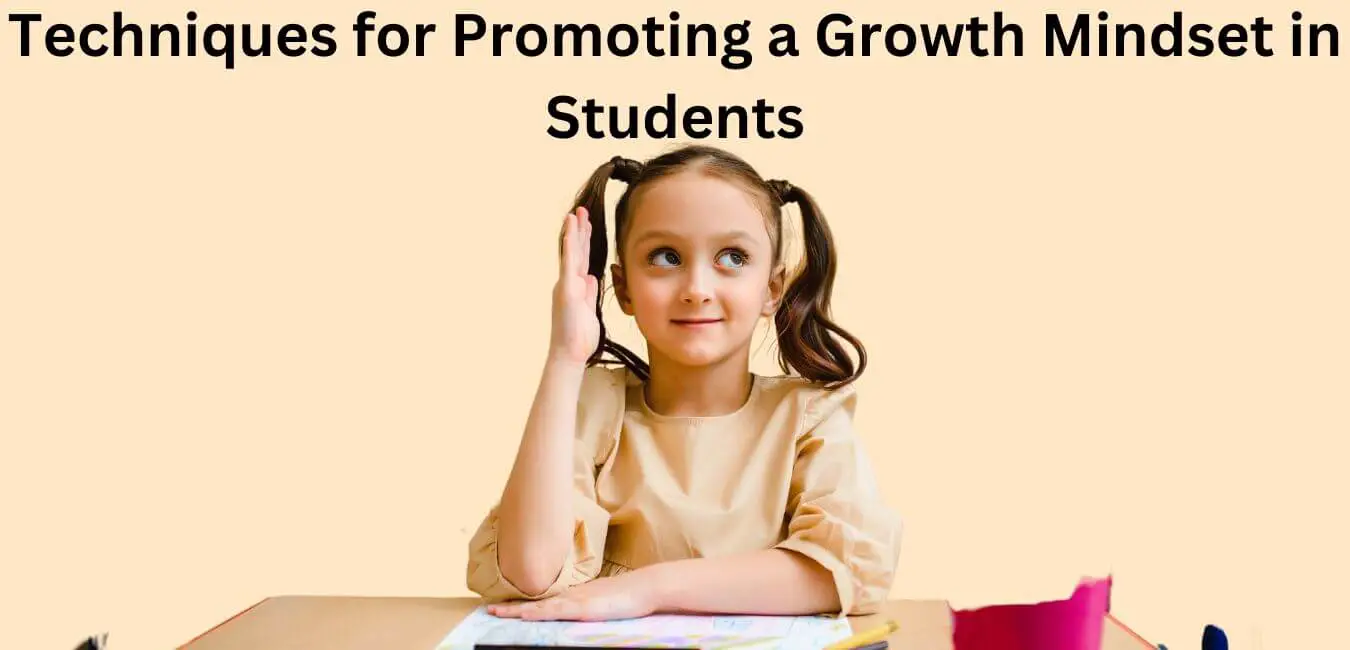Spending time getting to know your students is one of the most valuable investments you can make. Establishing rapport helps build mutual respect and minimize classroom behavior problems. A deeper understanding of your students’ needs, problems, and interests will enable you to plan instruction that succeeds.
In this article, I will take you through some of the strategies that you can use to help you get to know your students well. Just make sure to stay around.
Tips to Help You Get to Know Your Students Well
There are different ways of getting to your students. However, there is no one best way of achieving that. The following are some of the tips I found useful to help you get to know your students:
1. Checking Cumulative Records of Students
Some teachers prefer to look at each student’s cumulative folder before school begins.
This gives them a sense of their class’s special talents and problems. Of course, this may not be feasible for high school teachers with over a hundred students.
2. Undertaking an Icebreaker Activity
Allow some time on the first day to get acquainted with your students. A fun icebreaker activity, particularly if it can relate to your subject area, can be helpful.
One way to learn a bit more about your students is to call the class roll this way: instead of replying “here,” have them respond by naming their favorite hobby or sport. The next day you could have them answer with their favorite song or food.
3. Taking Roll Call
The first day may be the only time you actually call the roll. The main purposes are to clarify the pronunciation of students’ names and identify what they prefer to be called.
One of the best ways you can show respect for your students and earn their respect and trust is to learn their names.
This should be a prime objective for the first week of school. Make a special effort to use a student’s name any time you address a specific individual the first week. Many effective teachers use name tags or name tents to help learn students’ names.
4. Use Name Tents
Have students create name tents. You can find samples of name tents on the internet. Print blank templates of the name tents on card stock.
Give a printed name tent to each student and instruct them to print their names in bold letters on one side. Students fold them, so the tent stands by itself.
5. Try a Guessing Game
If you really want to impress your students, end the first day by having them remove their name tags or name tents.
Then proceed around the room, identifying each student by name. You don’t have to hit 100 percent; they will be impressed that you even tried.
It doesn’t take a great memory, just a focused, determined effort. If you accomplished little else that day, the year would be off to a good start.
Knowing and using a student’s name communicate that you regard that person as more than an anonymous face among a group of students. Some have suggested that a person’s favorite word to hear is his or her own name.
6. Relate Names of Students
To help in remembering names, attempt to connect a student’s name with another person of the same name.
For example, if you have a student named Brett and that is also your son’s name, try to visualize the two playing together. If you don’t know anyone by that name, associate that person with a famous person of the same name.
7. Use Photos
Take photographs of students the first week and attach their names and cutouts of their faces on a master seating chart.
That is, it makes it easier for me to get to know my students quickly. With that, I am able to remember the names and faces of students I meet on the second day.
This has always been great for me for the rest of the semester. Students are always surprised how fast I could learn more about them in a short period.
8. Provide for Newcomers
If you have a printed roster on the first day, be sure it is accurate. Make any corrections, but do not write your class roster in the grade book the first week.
It will change. Indeed, assume that no matter when you finally write your class roll into your grade book, a new student will show up the next day!
9. Give Them a Great Welcome
Make a special effort to welcome students new to the school or area. Try to pair them up with a returning student and make sure they are included in some of the student groups during lunch and recess.
10. Consider Meeting Students Beforehand, if possible
Some kindergarten and first-grade teachers send notes to their students inviting them to come to school in small groups a couple of days prior to the beginning of the school year.
They might invite students to bring a favorite toy to share. This provides an opportunity for the teacher to get to know their students before school begins and the students get a chance to meet their teacher and a few of the other students in a safe, inviting environment.
11. Open to Let Your Students Know You
Give students a chance to get to know you. One option is to let the group interview you for a few minutes.
Let them know you well. I usually let my students know my hobbies, interests, likes and dislikes, and even some family information.
This does make them open up to me and our communication becomes smooth.
Why Is It Important to Know Your Students?
Knowing your students is considered one of the most important tasks for every teacher, like you and I, to master. But why is that important? The following are some of the reasons why I think it is useful in the performance of your teaching job:
1. Improve Your Communication
When you get to know students, just like other people, you will be able to understand the best way to get their attention.
Knowing your students and allowing them to know you know them helps open them up for maximum communication with you.
This helps you understand the needs and interests of everyone. Based on that you can plan your lessons to meet everyone’s needs.
2. Building Trust
Knowing your students promotes high levels of trust among you. If your students know that you know them well, they will start to trust you a lot.
That is because they know that you will do your best to help them meet their needs. But how would they know that?
This is because to know your students well, you listen to them actively, acknowledge their feelings and interests, advocate for them, collaborate well with their parents, and even know important dates and events in their lives.
Due to that, they will build trust in you, knowing that you will not disappoint them.
3. Motivate Students
To motivate students appropriately, it is important to know each of your students individually.
Knowing them well helps you identify the best method, events, activities, and things that motivate everyone effectively.
Remember, every individual is motivated differently depending on his or her background and experience.
Some are motivated externally while others internally. Knowing that about everyone helps you choose the best method to use for each individual.
Else you will try to motivate everyone using the same method, which will make it ineffective.
In short, knowing everyone pretty well is extremely important when trying to motivate your students.
4. Develop a Custom Teaching and Learning Process
One of the reasons why it’s necessary to get to know your students well is you can customize your lessons to meet the needs and interests of everyone.
You can identify the strengths and weaknesses of every student if you get to know each student well.
You also understand everyone needs and interests.
Based on that, you can structure your lessons to suit everyone hence improving the understanding of everyone.
You can also choose appropriate learning and lesson materials that help everyone to follow along in your lessons.
Because of this, you must work hard and step up to know your students well.
5. Efficient in Teaching Students
You teach effectively and efficiently if you know your students pretty well. One reason for this is that you understand the learning styles of each student.
You collaborate well with the parents of each student.
Because of that, you know them well and can use appropriate teaching tools and techniques to make sure you meet the needs of everyone according to their learning styles.
This allows you to use your time effectively and efficiently in the classroom.
Final Thoughts
This article has explained the different ways of getting to know your students well in the classroom. This is because it is extremely useful for you to know your students well in order to become effective and efficient in teaching them. Using what is explored in this post can help you develop relationships with students to know them well. Check out more of our posts here.













